“I can see BrowserSafeguard.exe in my task manager, so it is
definitely running and slowing down my internet connection. I tried to find it
in my program list, to uninstall it, but it isn't there. Any help is
appreciated.”
It is a victim of BrowserSafeguard.exe, if you have the same
problem, please read this post and you can learn something about BrowserSafeguard.exe,
if you cannot get rid of BrowserSafeguard.exe by you, you can read more this page.
BrowserSafeguard.exe appears on Task Manager?
Information of BrowserSafeguard.exe
Name: BrowserSafeguard
Filename: Browsersafeguard.exe
Command: C:\Program
Files\Browsersafeguard\Browsersafeguard.exe
BrowserSafeguard
is a program that may know as a valid program. It can appear on the computer
users’ Task Manager or startup without asking permission from users. It is not required
to run on startup automatically. But as soon as BrowserSafeguard comes out, it
will start to load immediately and automatically.
BrowserSafeguard
this program has an executable file which is known as BrowserSafeguard.exe. It
is a form of ad-supported application that can display a ton of commercial ads
or links when you are browsing a page. BrowserSafeguard states that it can help
you add security and protect you from dangerous content that anti-virus
programs. But is a program that scans your web connections for threats and
blocks them if detected. And then it will make changes of the web browsers such
as Internet Explorer, Mozilla Firefox and Google Chrome. So attackers may
experience some unwanted redirects to websites with pop-up ads or links.
BrowserSafeguard
takes up necessary resources. So you may encounter web browser performance such
as your web browser crashing unexpectedly, running very slow, and no response
when visit websites. So you have to remove BrowserSafeguard.exe from your
computer quickly.
What BrowserSafeguard.exe may cause?
1, BrowserSafeguard.exe
is unwanted program.
2, it
can appear on Task Manager without asking permission.
3, BrowserSafeguard
takes up necessary resources on the installed computers.
4, it
may trigger many pop-up ads.
5, it
can slow down the browser and system performance.
How do I remove BrowserSafeguard.exe from your computer?
1.
Disable any suspicious startup items.
For
Windows XP:
Step:
Click Start menu -> click Run -> type: msconfig in the search bar ->
open System Configuration Utility -> Disable all possible startup items
including those of BrowserSafeguard.exe
2. Show hidden files
Step: a) open Control Panel from Start menu
and search for Folder Options;
b) Under View tab to tick Show hidden files
and folders and non-tick Hide protected operating system files (Recommended)
and then click OK;
3. Stop all running processes by pressing
Alt and Ctrl and Delete key together to open Task Manager.
4. Remove BrowserSafeguard.exe from Control
Panel.
Open Start menu and find out All Programs,
and then click it and then find out BrowserSafeguard.exe on Control Panel,
select it and click Remove or Add programs icon. Then find the related program
with T BrowserSafeguard.exe in the listing form.
Remove BrowserSafeguard with Spyhunter
1.Please click this Spyhunter download link to download Spyhunter.
2. You are asked to install Spyhunter by following the steps provided on the screen once you click download file.
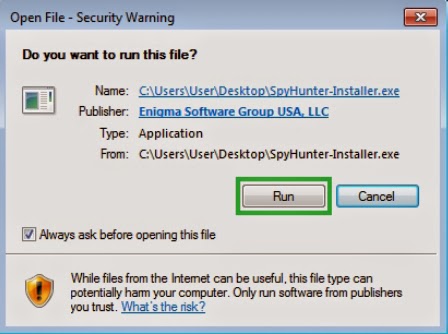
3. Once you complete the setup wizard, Spyhunter icon may appear on your desktop.
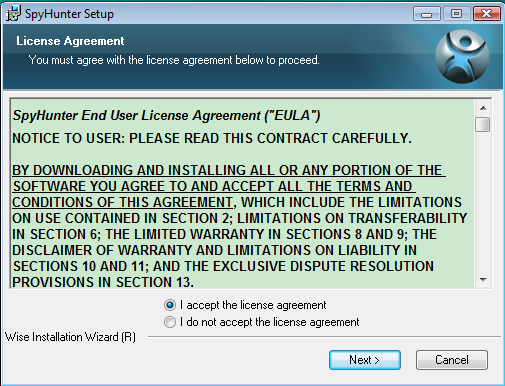
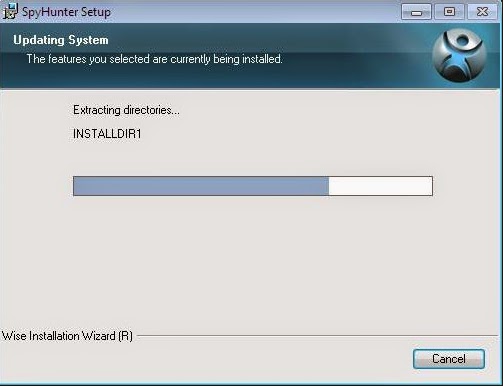
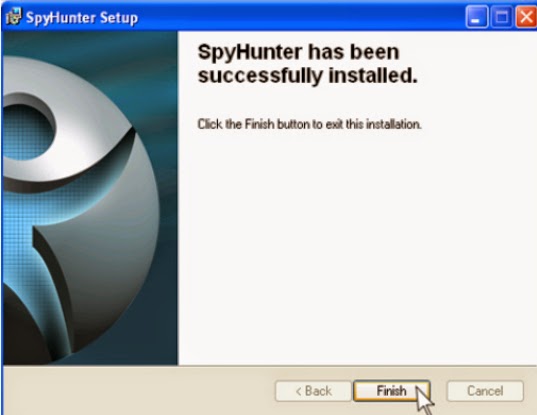
3.Start a scan on your computer.
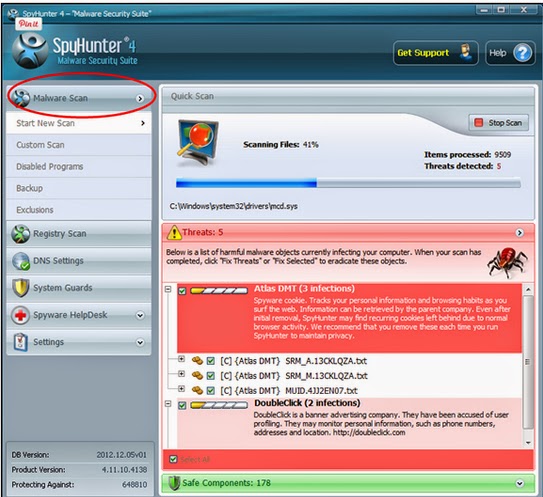
4.Click on the icon, and then run a scan.

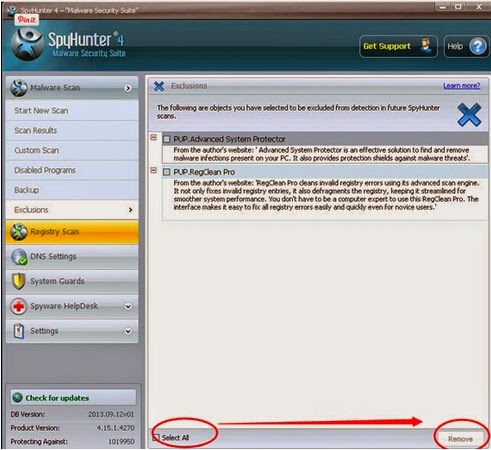
Notice:
BrowserSafeguard.exe is unwanted program that you have to disable it on the
task manager. For it can take up much system resource and change the proxy
settings, and slow down the browser and system performance, so you have to get
rid of BrowserSafeguard from your computer. In cases, you don’t know to how to do, install SpyHunter to help you.

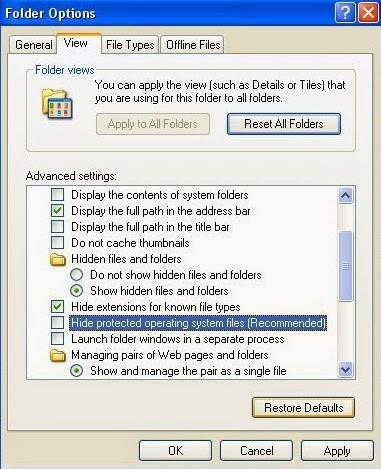



No comments:
Post a Comment